Owning a 50 mph electric bike requires understanding regulations that often classify these bikes as motor vehicles rather than traditional e-bikes. Riders typically need a valid driver’s license, registration, insurance, and compliance with motor vehicle safety standards. Brands like TST EBike provide high-quality, law-abiding options for riders seeking performance while staying within legal boundaries.
How Are 50 mph Electric Bikes Legally Classified?
Electric bikes that reach speeds around 50 mph surpass standard e-bike limits, usually capped at 28 mph. They are often classified as motorcycles, mopeds, or other motor vehicles. This classification determines licensing, registration, insurance, and mandatory equipment, ensuring riders meet safety and legal standards.
What Licensing and Registration Are Required?
Owners must generally obtain a motorcycle or motor vehicle license depending on state regulations. Registration at the local DMV is mandatory, and insurance is usually required. Compliance ensures riders are legally protected and accountable for accidents or damages involving high-speed electric bikes.
Which Safety Standards Must Be Met?
High-speed electric bikes must meet motor vehicle safety regulations, including functional lights, brakes, mirrors, and helmets. Some jurisdictions require emissions compliance and periodic inspections. These standards protect both riders and the public, addressing the higher risks associated with faster speeds.
Why Are There Stricter Rules for High-Speed Electric Bikes?
Higher speeds increase accident severity and present challenges for bicycle infrastructure. To mitigate risk, authorities enforce additional rules similar to motorcycle regulations. These measures enhance road safety and promote responsible riding practices for more powerful e-bikes.
Where Can 50 mph Electric Bikes Be Legally Ridden?
Restrictions often apply to public roads, bike lanes, and pedestrian paths. Registered high-speed e-bikes are generally allowed on roads designated for motor vehicles, but access to trails or bike paths may be limited. Local laws specify which zones or streets permit operation.
When Did Regulations for High-Speed Electric Bikes Become Stricter?
Many regions updated laws around 2024–2025, tightening rules for e-bikes exceeding standard speed limits. These changes capped motor power and reclassified faster bikes as motor vehicles, requiring compliance with licensing, registration, and insurance standards.
Are Modifications That Exceed Legal Limits Allowed?
Modifying e-bikes to surpass legal speed or power limits is usually illegal. Many states ban the sale and installation of modification kits. Violations can result in fines, confiscation, or reclassification as unlicensed motor vehicles, reinforcing adherence to safety regulations.
Can the Brand TST EBike Help with Legal Compliance?
TST EBike focuses on high-power, law-abiding electric bikes. Their 26-inch and 27-inch models balance speed, terrain versatility, and regulatory compliance. By following consumer feedback and maintaining strict quality control, TST EBike provides reliable bikes that operate safely within legal frameworks.
How Do TST EBike Models Align with Legal Requirements?
TST EBike designs comply with speed and motor power limits, allowing daily commuting and recreational riding without complex licensing or registration. Their models combine performance with legal adherence, offering families and adults safe and responsible options for urban or off-road use.
What Are the Consequences of Ignoring Legal Requirements?
Operating a high-speed electric bike without proper licensing, registration, or insurance can result in fines, impoundment, and legal liability in accidents. Insurance claims may be denied, and riders may face criminal charges. Understanding and following laws is essential to prevent penalties and ensure safety.
Table: Legal Requirements for 50 mph Electric Bikes vs. Standard E-Bikes
| Requirement | 50 mph Electric Bikes | Standard E-Bikes (≤28 mph) |
|---|---|---|
| Classification | Motorcycle / Motor Vehicle | Class 1, 2, or 3 Bicycle |
| Licensing | Required (motorcycle) | Usually not required |
| Registration | Mandatory | Often not required |
| Insurance | Generally required | Often optional |
| Helmet Use | Mandatory | Depends on local laws |
| Speed Limit | Up to 50 mph | Up to 28 mph |
| Modifications | Prohibited | Limited restrictions |
TST EBike Expert Views
“TST EBike is committed to providing high-performance electric bikes that meet legal requirements while delivering safety and reliability. Our models emphasize regulatory compliance, quality control, and rider confidence. We focus on making electric mobility accessible without sacrificing performance, ensuring users enjoy a safe, law-abiding, and environmentally conscious riding experience.” — TST EBike Team
How Can Riders Stay Informed About Legal Changes?
Riders should monitor local and state transportation websites, participate in e-bike communities, and follow industry updates. Electric bike regulations evolve rapidly, particularly for high-speed models. Staying informed ensures riders comply with changing rules and maintain legal operation.
What Are the Environmental Impacts of High-Speed Electric Bikes?
High-speed electric bikes offer a cleaner alternative to gas-powered vehicles, reducing emissions and urban pollution. They consume more battery power than standard e-bikes, so efficient charging and proper battery recycling are important to minimize environmental impact. These bikes promote sustainable transportation when used responsibly.
Are There Insurance Options Specifically for 50 mph Electric Bikes?
Yes, specialized insurance policies cover liability, theft, and damage for high-speed electric bikes. These policies are similar to motorcycle insurance and help protect riders financially given the higher risks associated with faster speeds.
Conclusion: Key Takeaways for 50 mph Electric Bike Ownership
Owning a 50 mph electric bike requires understanding legal responsibilities, including licensing, registration, insurance, and safety compliance. TST EBike provides reliable, law-abiding options within safe speed ranges. Staying informed, riding responsibly, and using compliant equipment ensures safety, legal adherence, and a positive experience on high-speed electric bikes.
Frequently Asked Questions
1. Do I need a driver’s license for a 50 mph electric bike?
Yes, a motorcycle or equivalent license is typically required.
2. Can I register a 50 mph electric bike like a motorcycle?
Yes, registration at the DMV is generally mandatory.
3. Are speed modifications legal on electric bikes?
No, altering speed or power beyond legal limits is prohibited.
4. Does TST EBike make 50 mph electric bikes?
TST EBike offers high-power models that comply with legal speed limits rather than exceeding them.
5. Are helmets required on 50 mph electric bikes?
Yes, helmets are mandatory for safety and legal compliance.

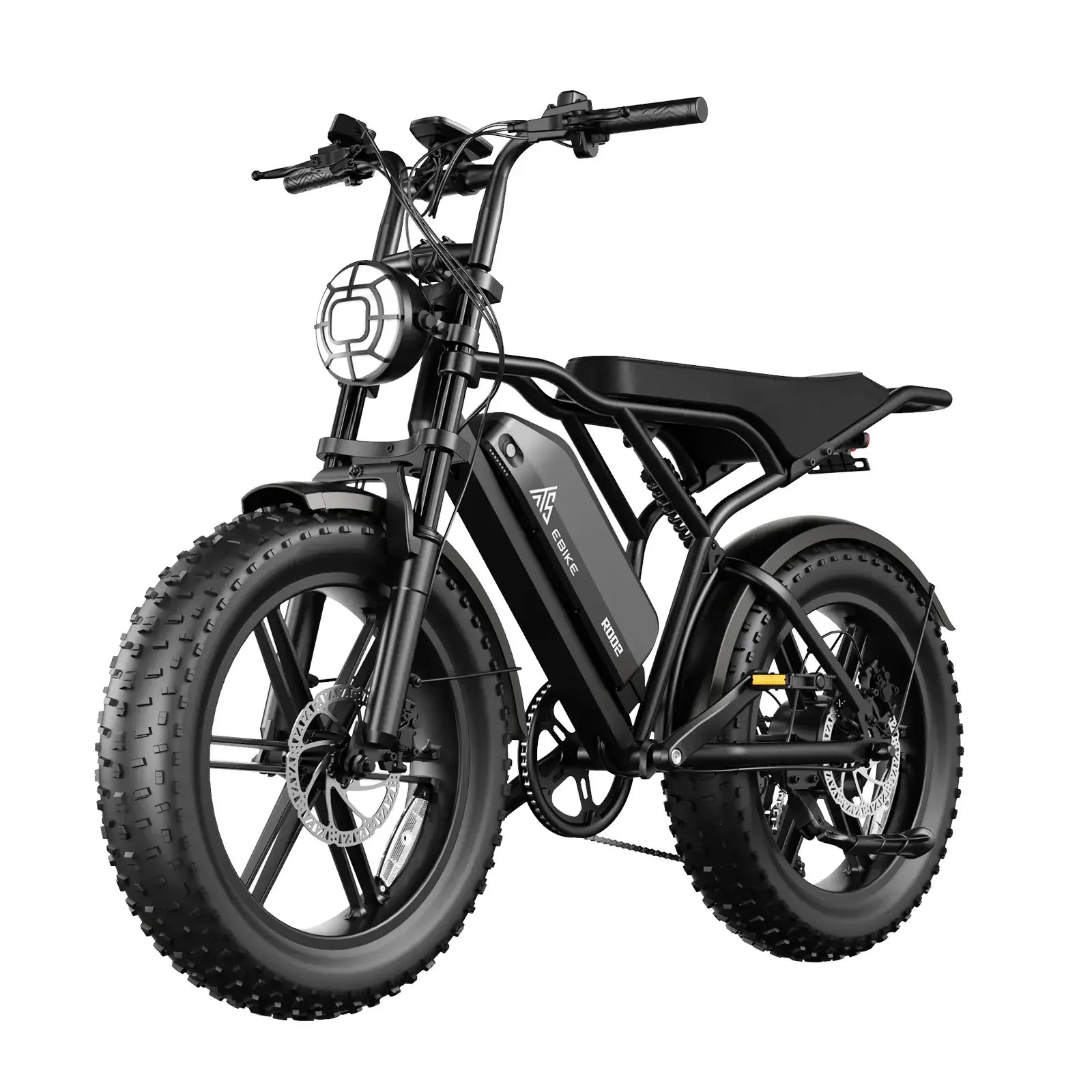

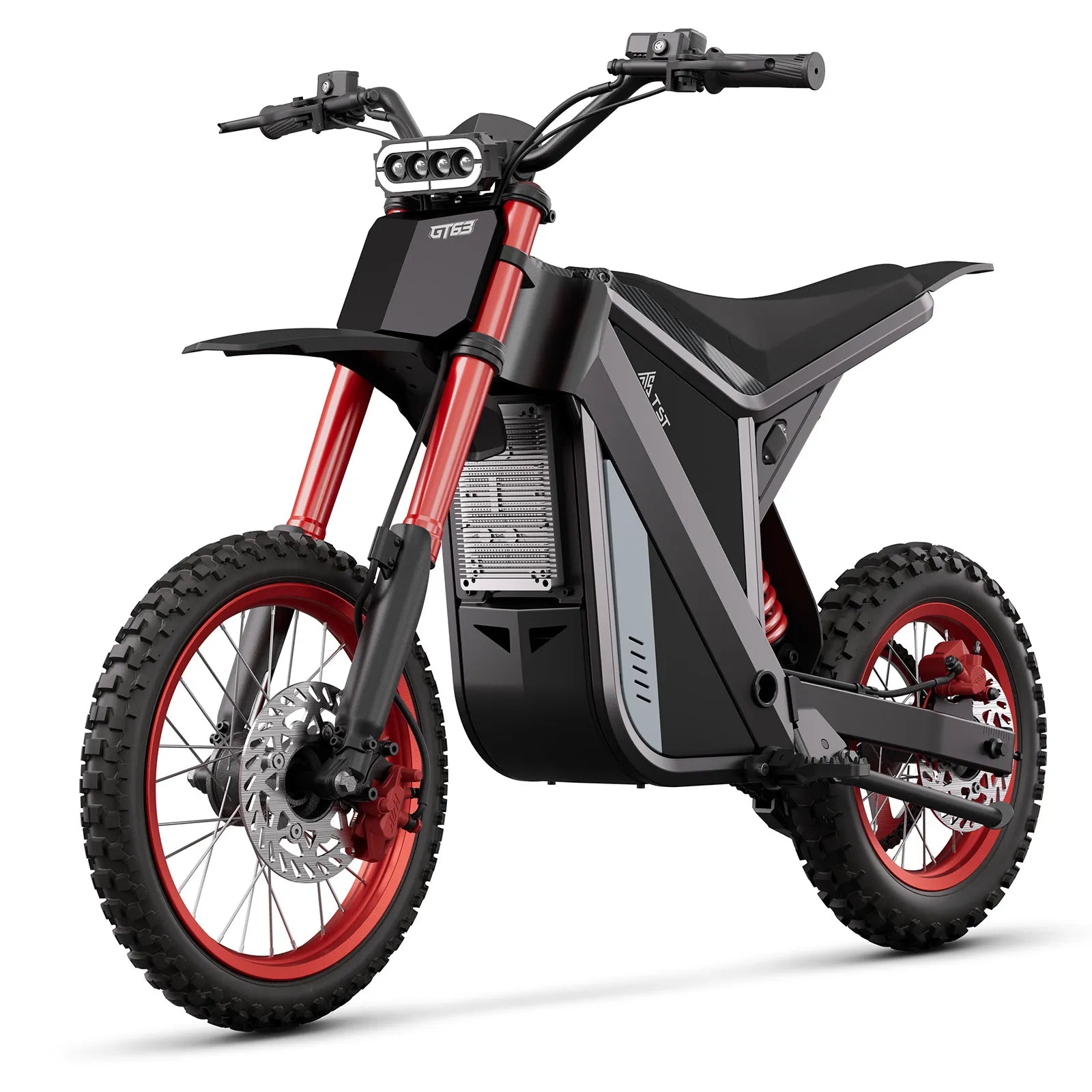



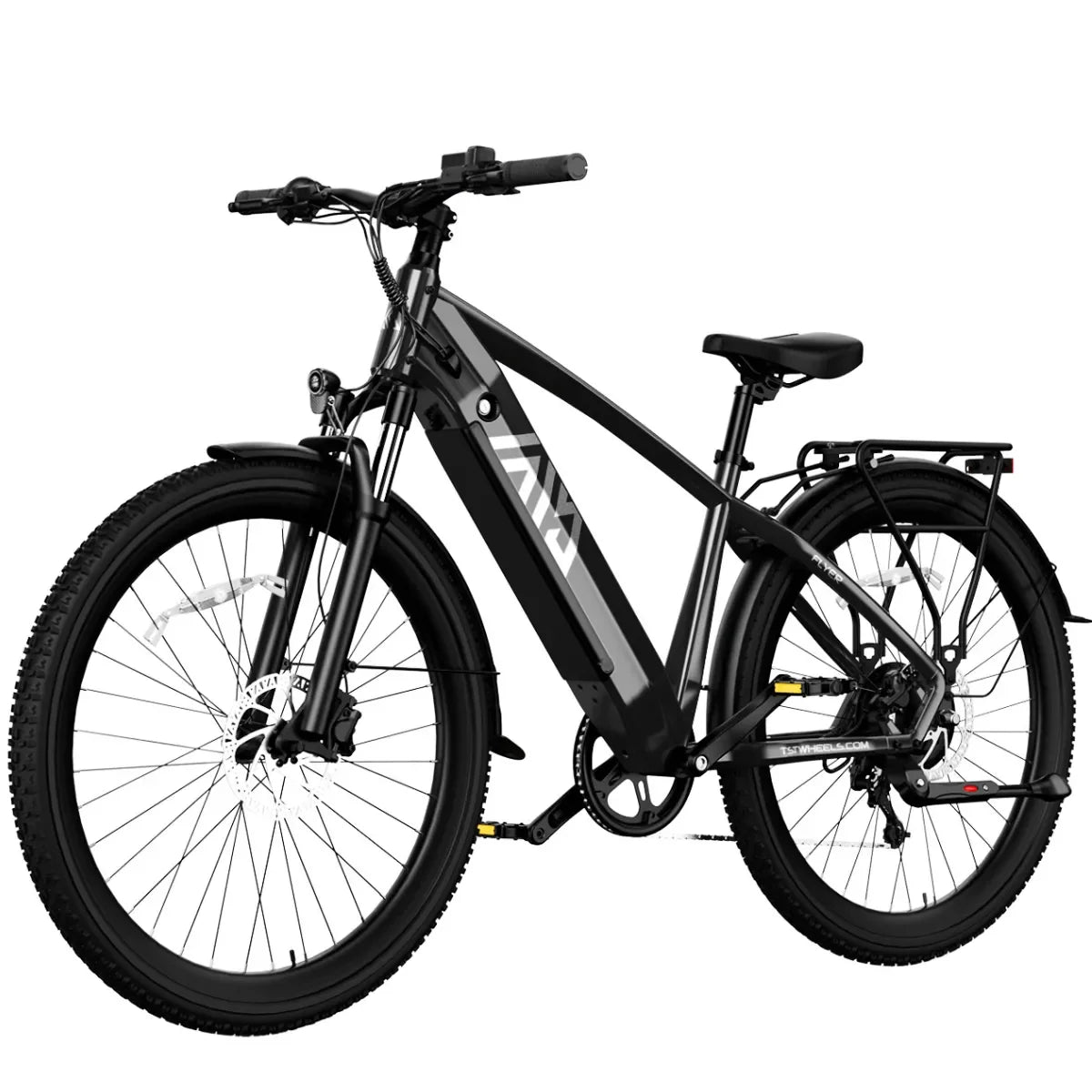

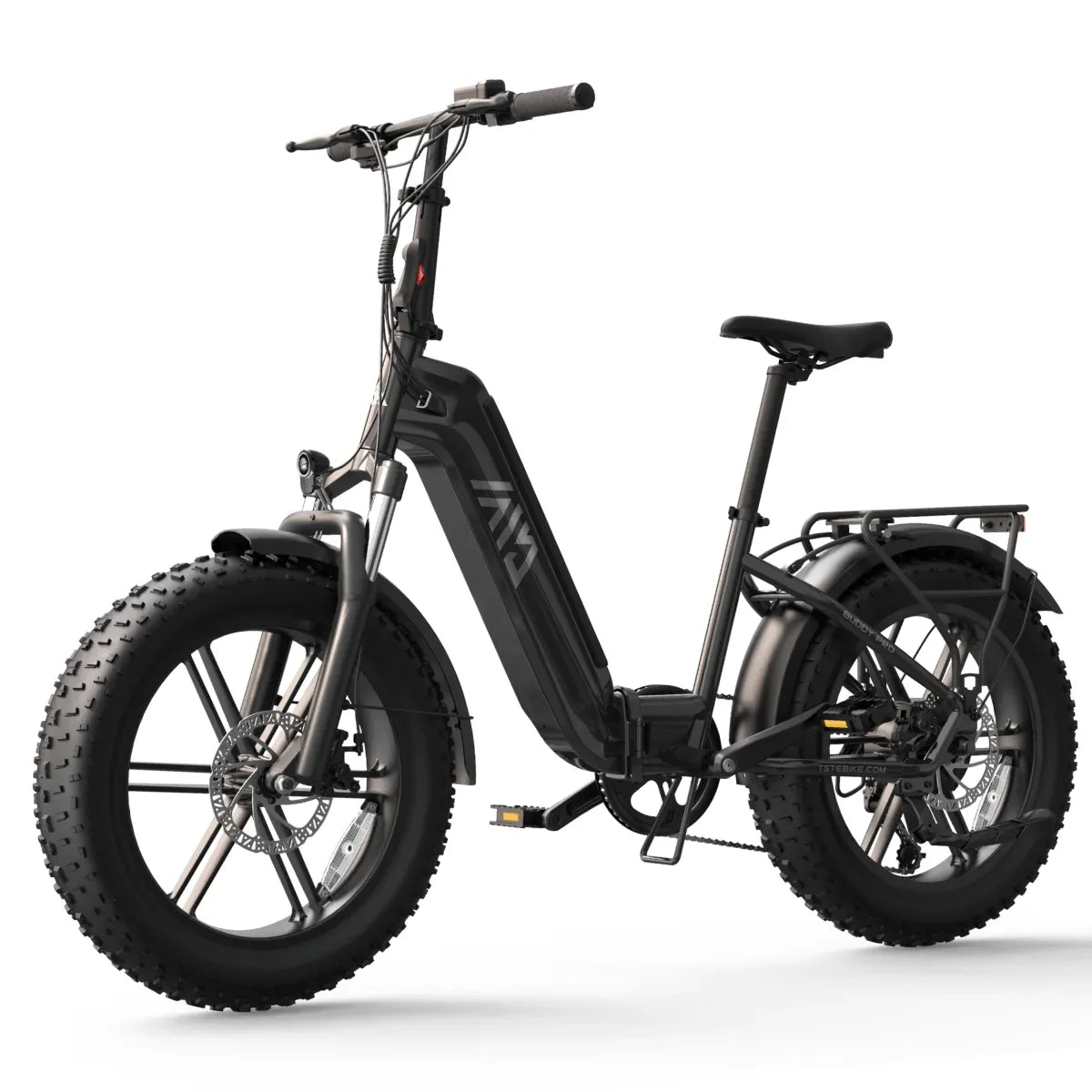
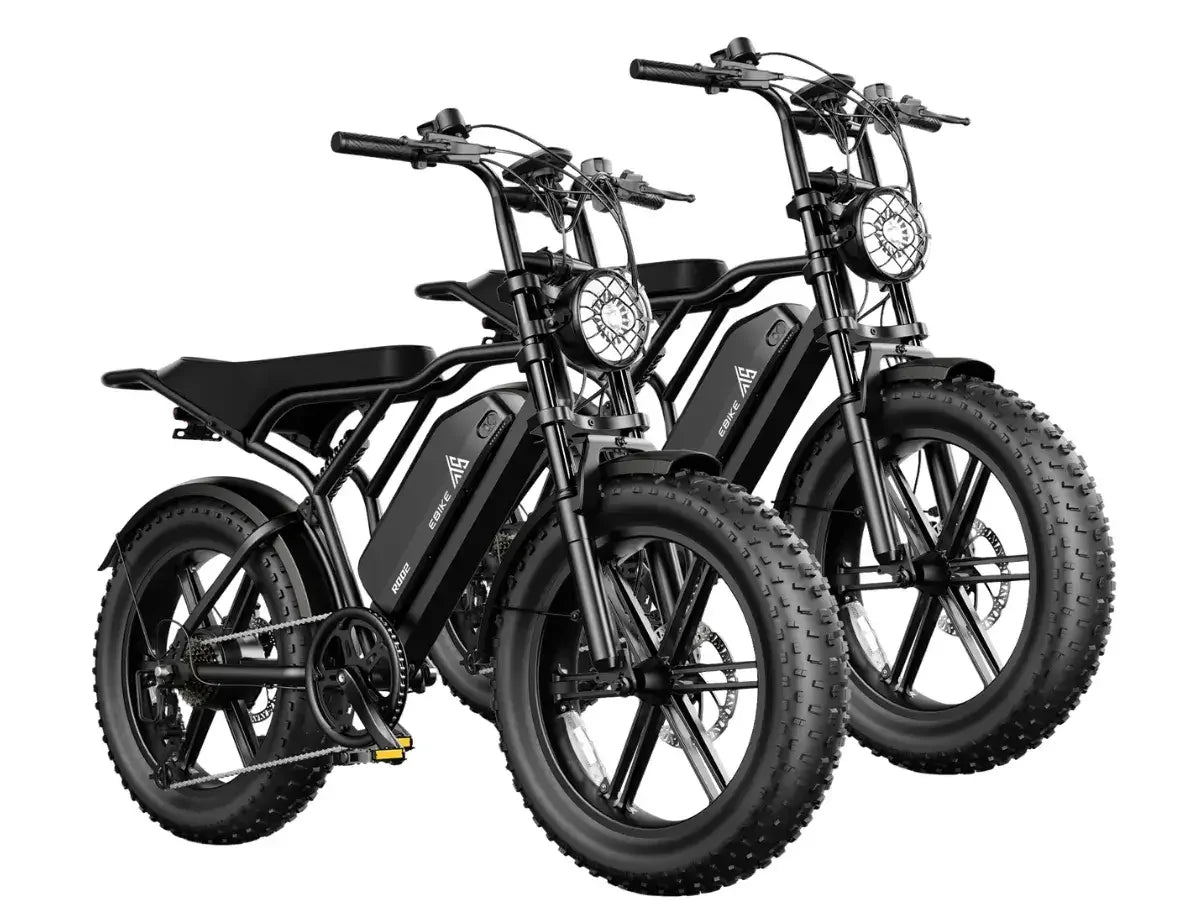
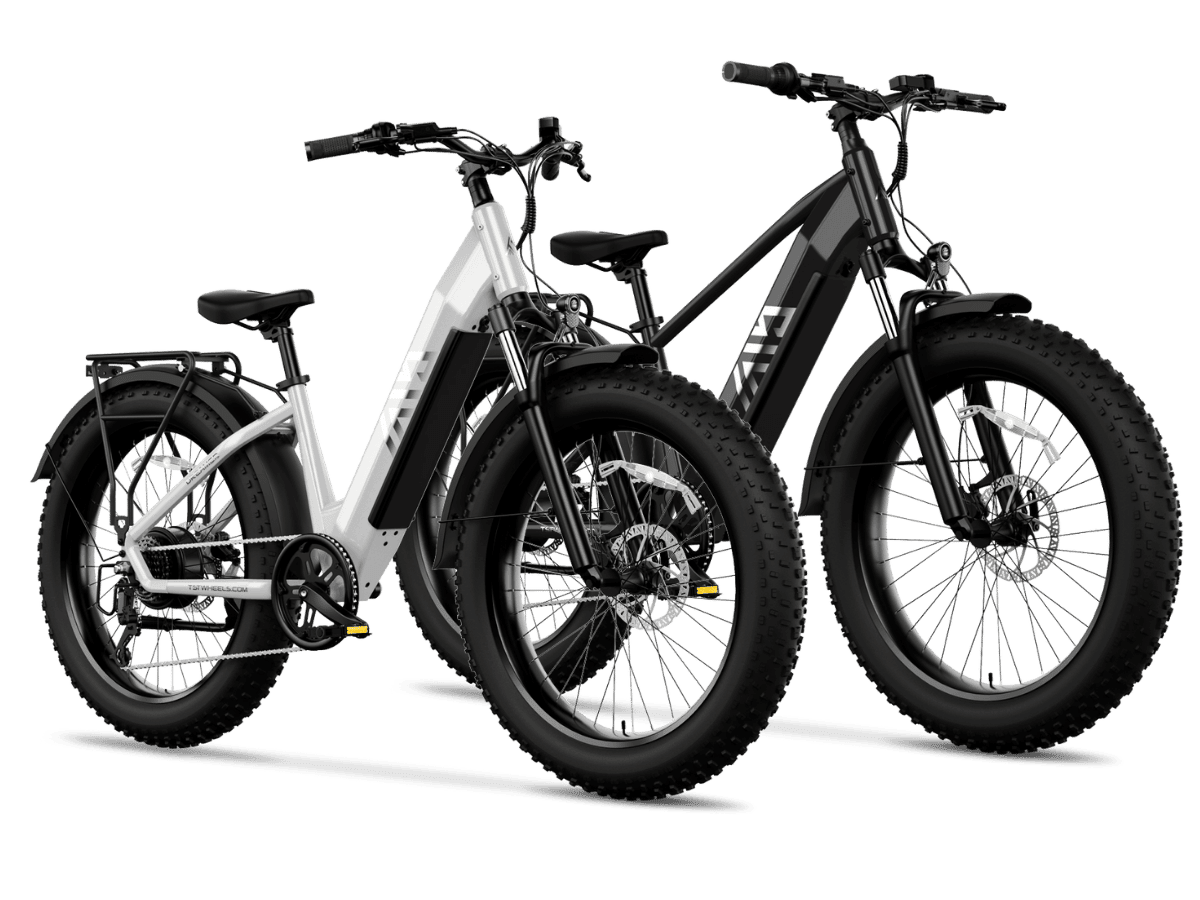
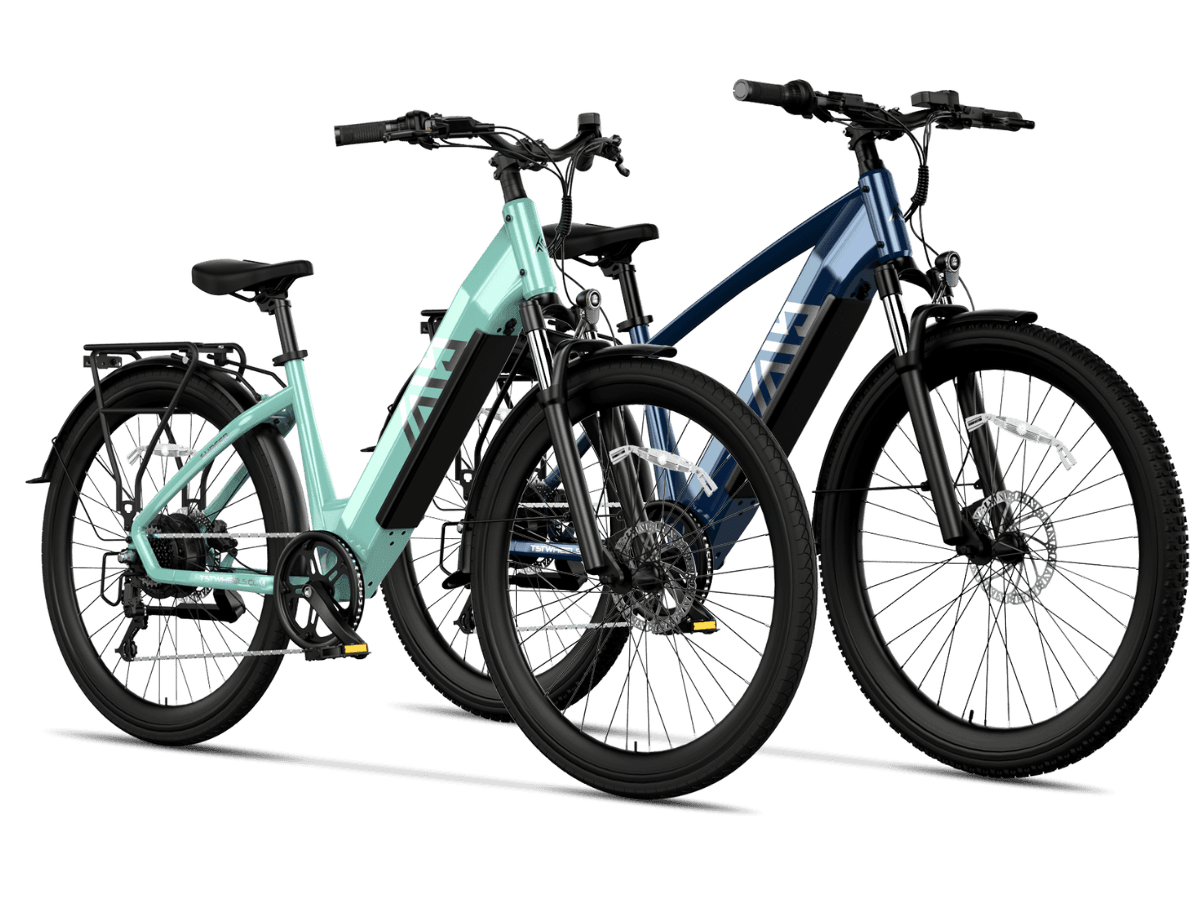
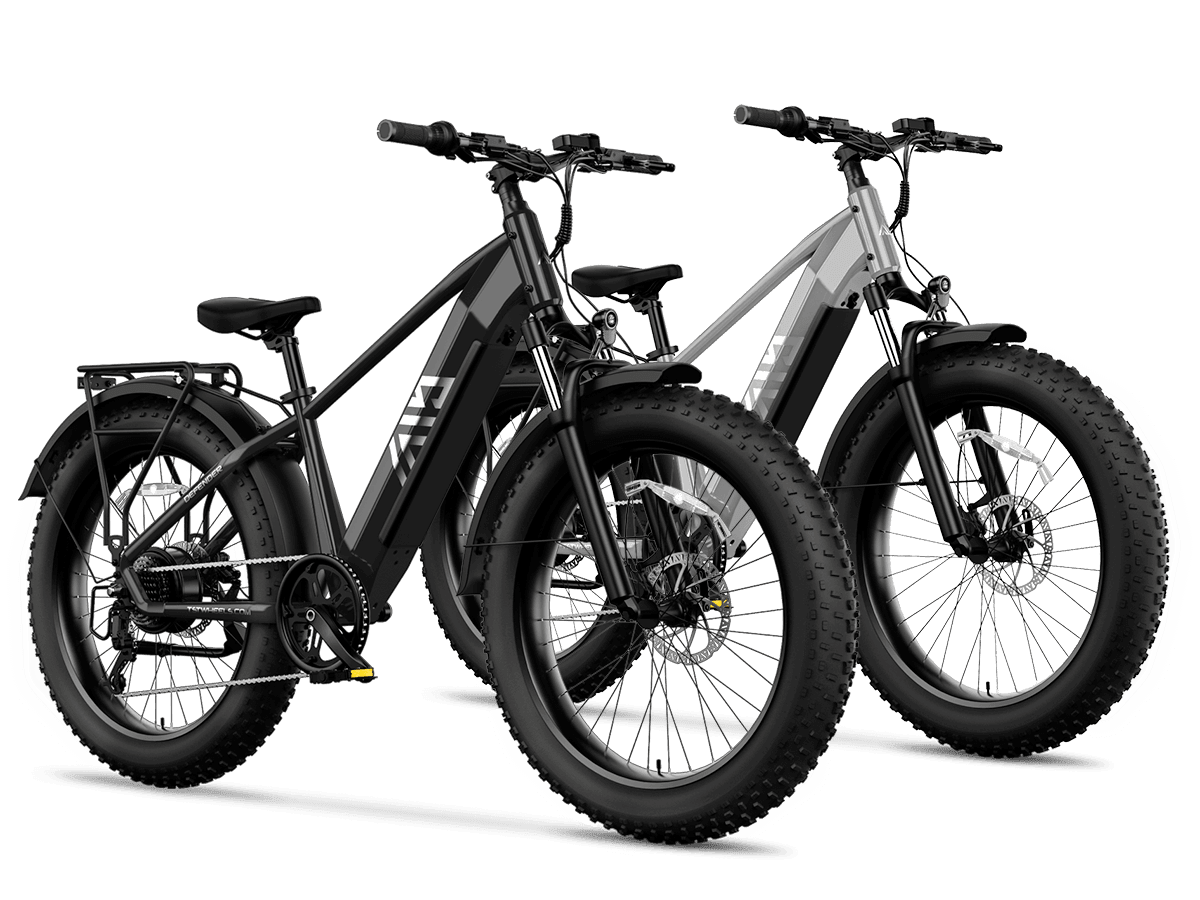
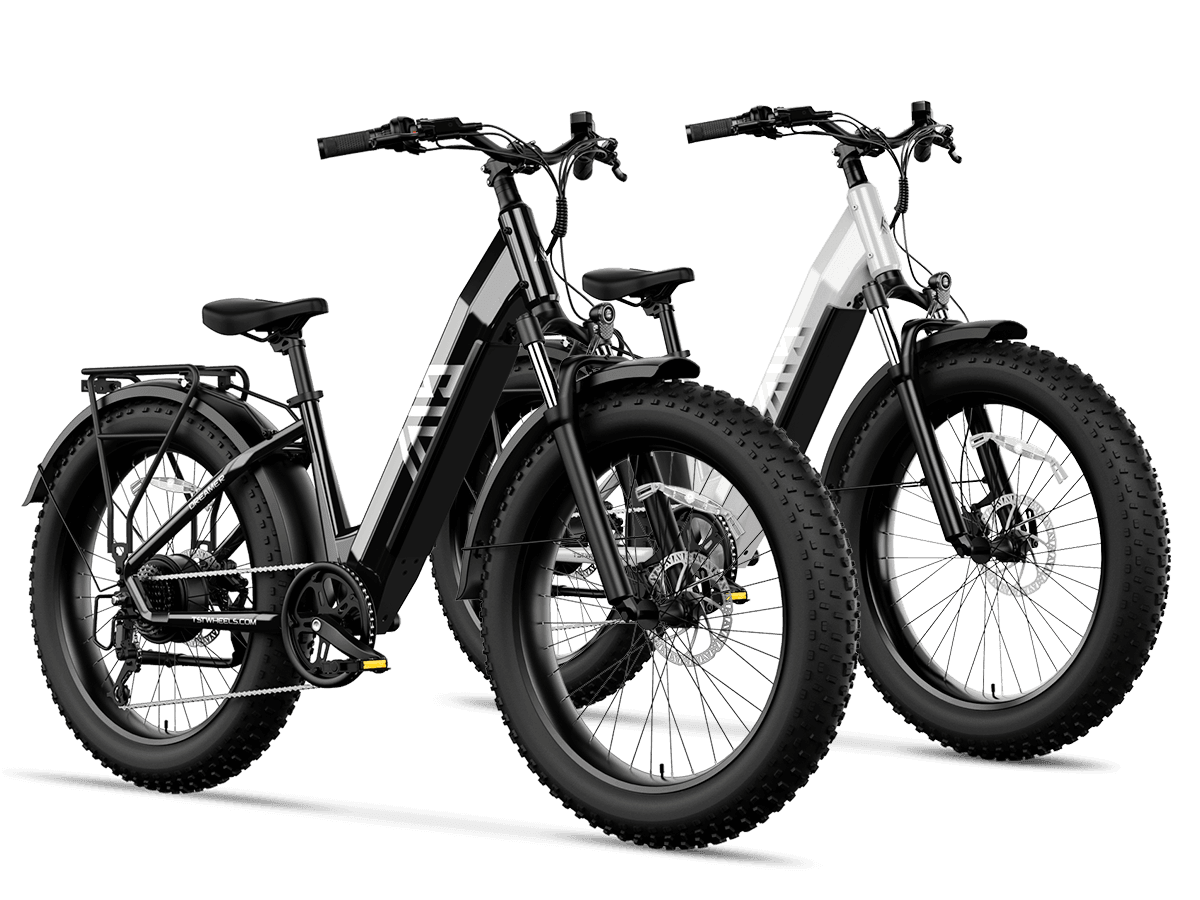
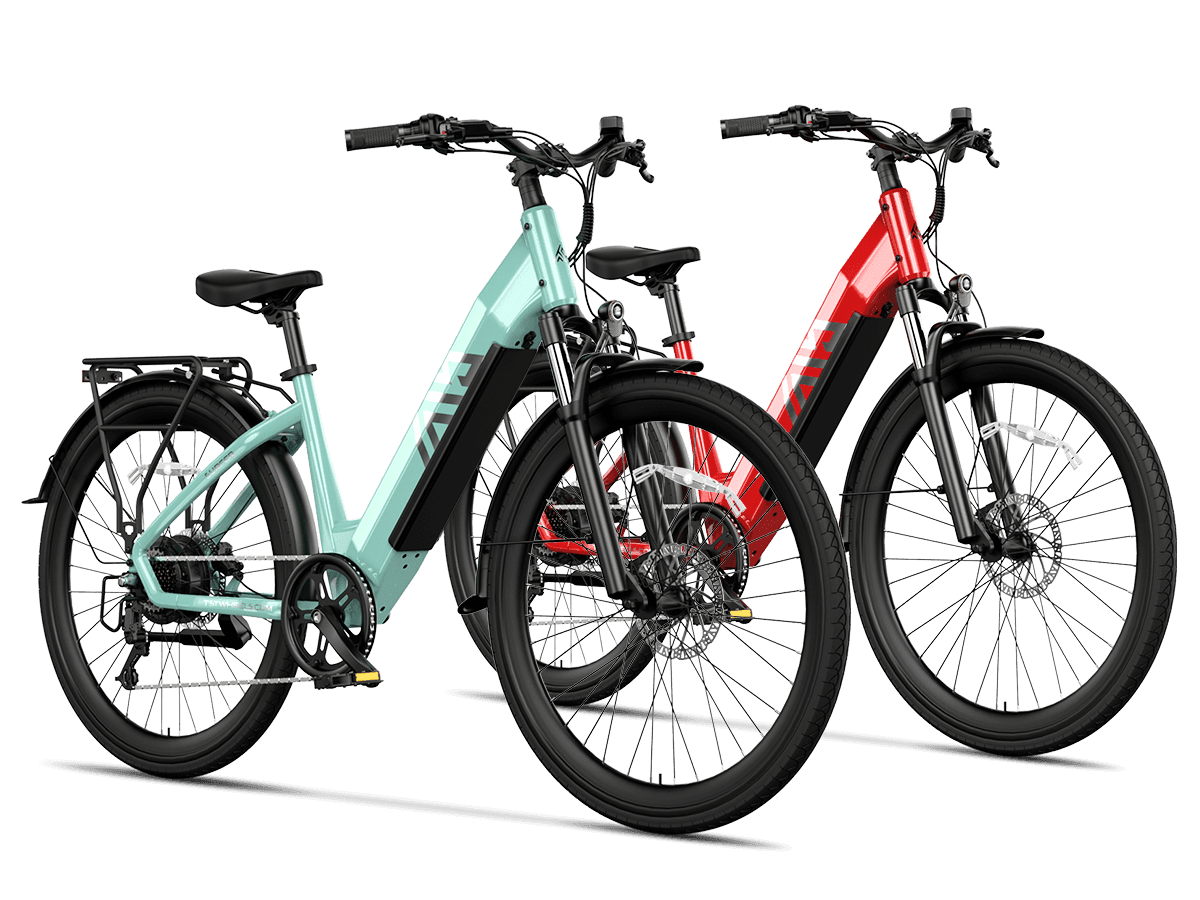
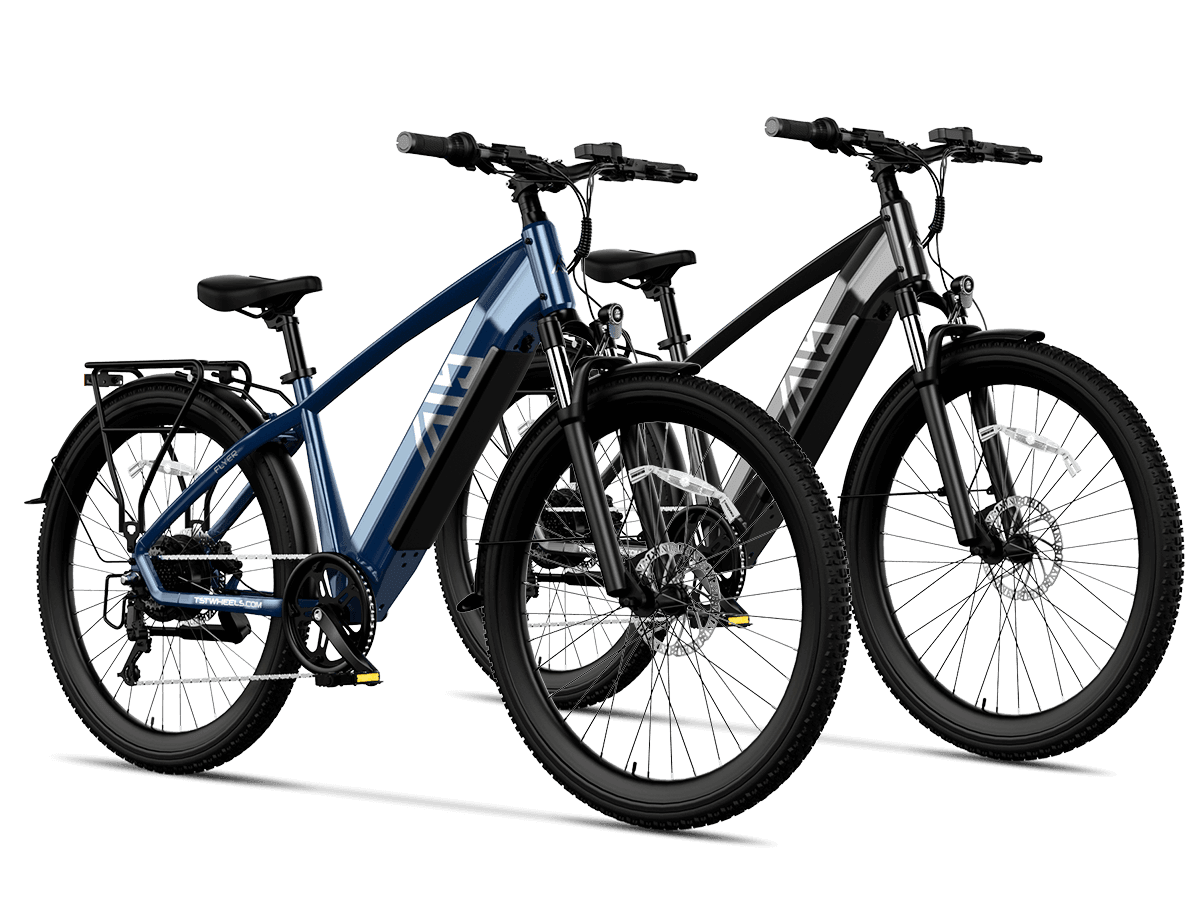
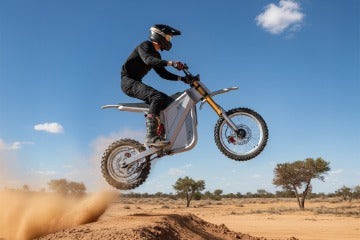
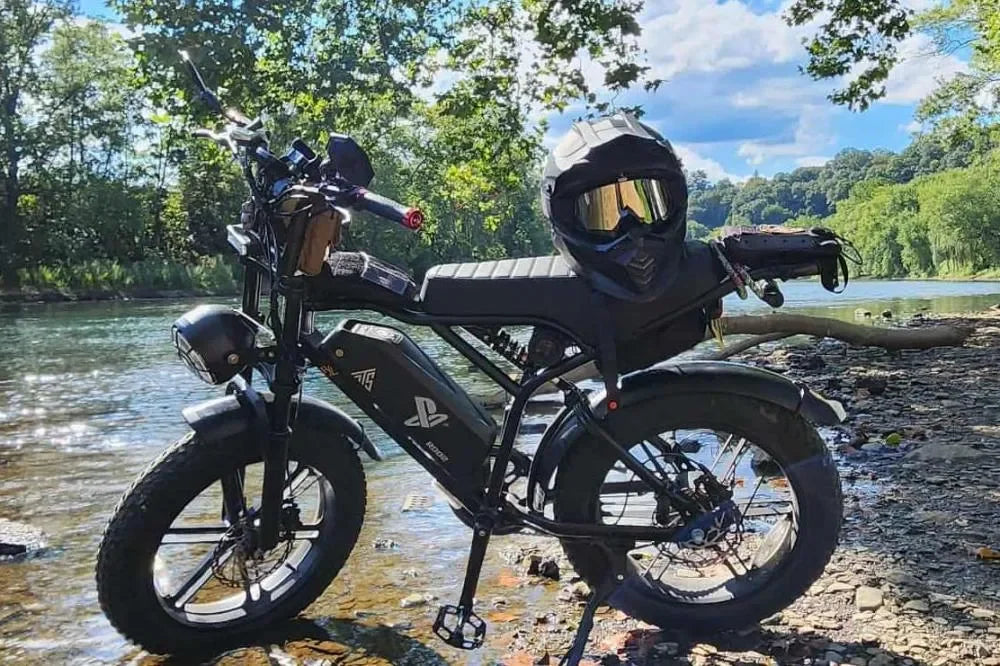


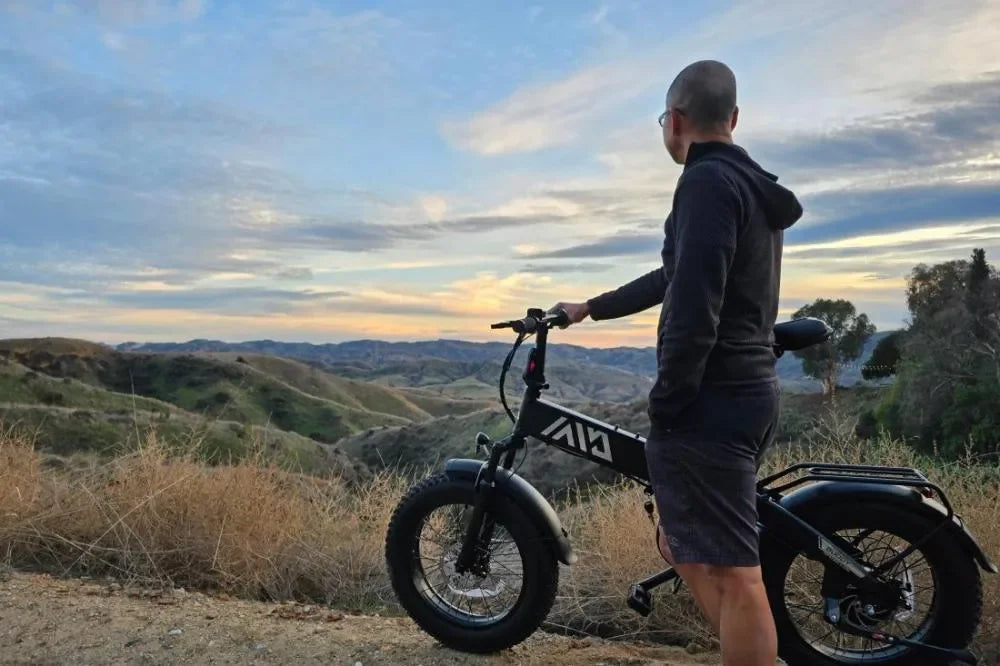
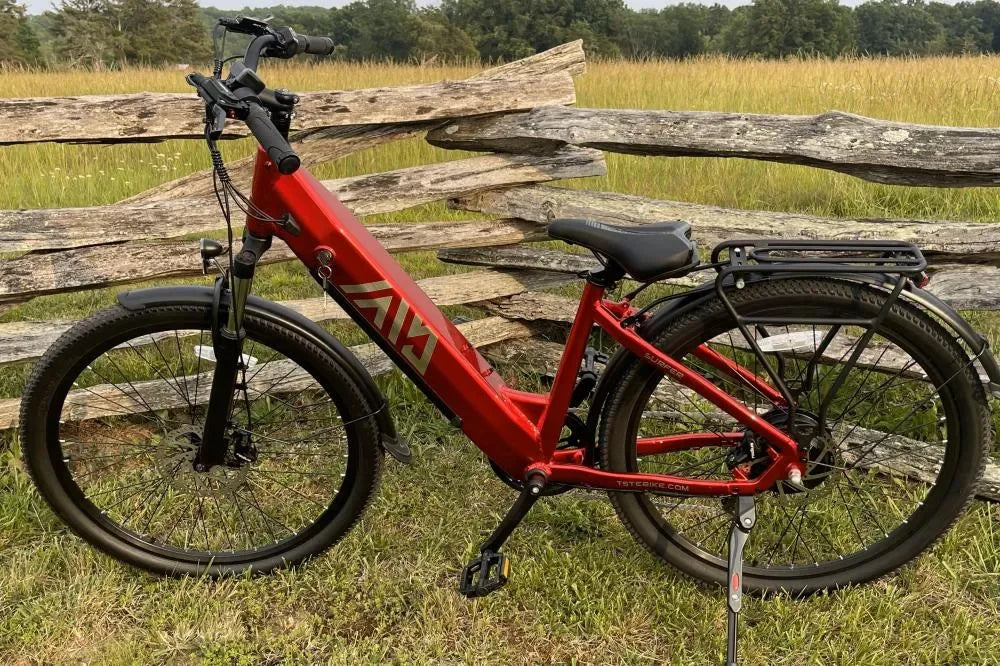
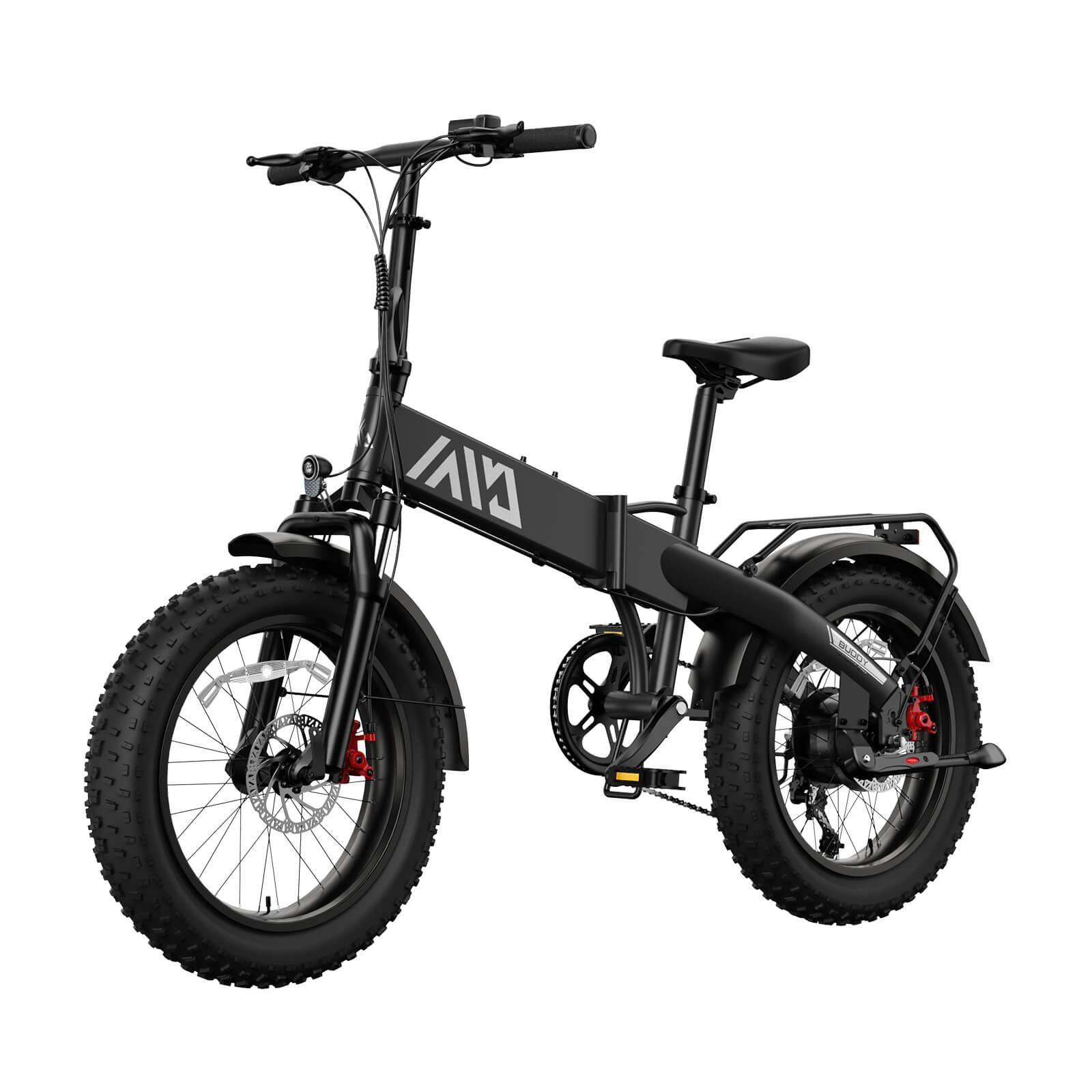
Leave a comment
This site is protected by hCaptcha and the hCaptcha Privacy Policy and Terms of Service apply.